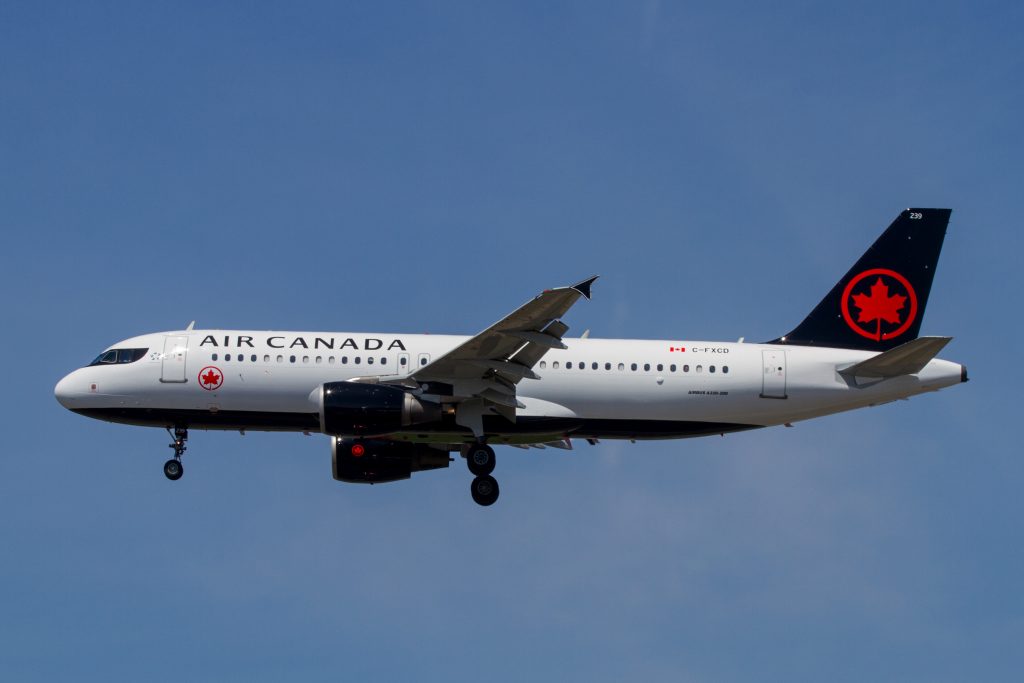
The U.S. National Transportation Safety Board has cited Canada’s less stringent crew rest requirements as a factor in a close call at San Francisco International Airport in which an Air Canada A320 crew lined up to land on a crowded taxiway instead of the runway to which they’d been cleared. The incident, which occurred last July, has sparked procedural changes at SFO and prompted calls by the NTSB to fix the NOTAM system to be more easily understandable and effective. The board’s hearing on the incident, the first ever investigation that didn’t involve property damage, injuries or deaths, determined the A320 came within four metres of clipping the tail of one of four widebodies waiting on the taxiway.
The crew was cleared to land visually on Runway 28R but did not realize that the parallel runway was closed. Lights from the aircraft waiting on the taxiway made it seem like they were lined up on a runway but it wasn’t until alarmed pilots on the waiting airliners started yelling warnings at the tower controller that the Airbus was ordered to go around. The runway closure was NOTAMed but was on page seven of 22 pages of NOTAMs that related to the flight. The NTSB also noted that fatigue was a contributing factor and that if the flight had originated in the U.S. the crew would have been beyond the maximum flying or duty hours allowed under U.S. regs. The rest angle ignited pilot unions in Canada that have been lobbying Transport Canada to bring its rules under compliance with international standards.
